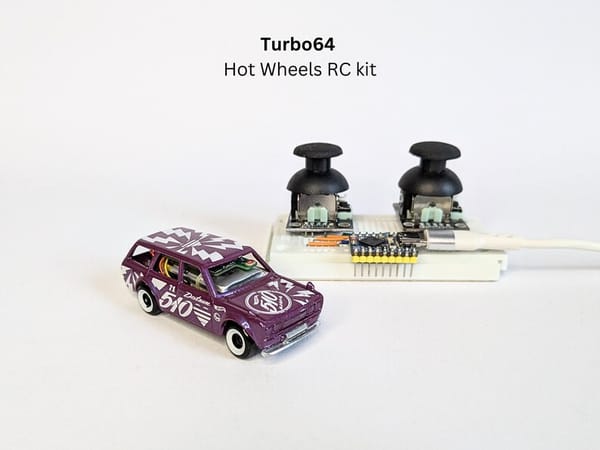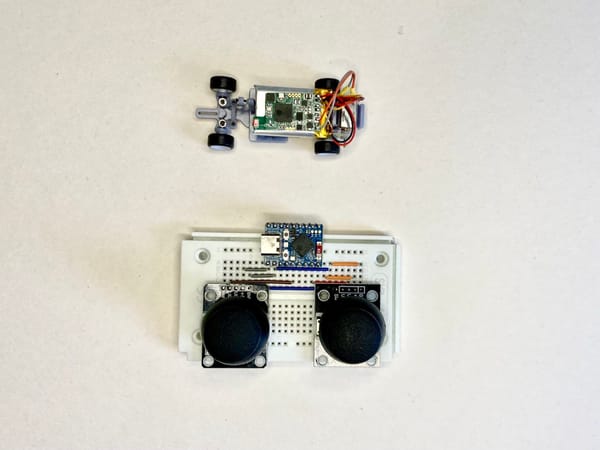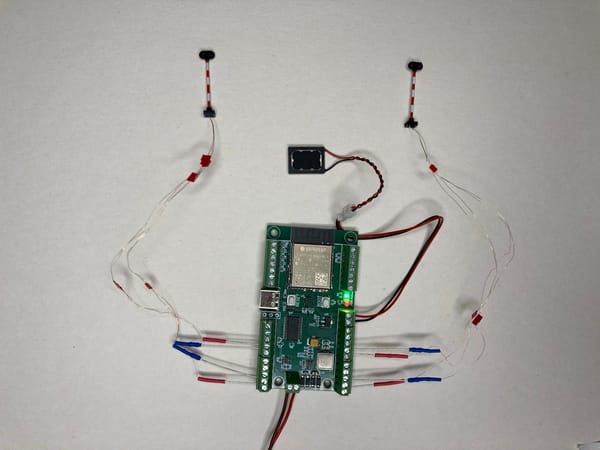L.E. v 0.8 | Sound in modules for N and H0 gauge locomotives
Great news for everyone - every WCC module will have an audio amplifier. This means that you’ll be able to connect a speaker to any WCC module in N+ gauge locomotives and upload sounds to locomotive modules from the web app. Also, you'll be able to upload sounds to accessory modules and play sounds when different events occur, for example, if a train is arriving to a station you'll be able to announce on a station that this particular train is arriving. No memory cards and train body opening are required anymore. The price of WCC modules will be still around 60-80 EUR/USD.
Audio amplifier specifications:
- 3.2W Output Power into 4Ω at 5V
- 2.4mA Quiescent Current
- 92% Efficiency (RL = 8Ω, POUT = 1W)
- 22.8μVRMS Output Noise (AV = 15dB)
How uploading sounds to train and accessory modules using our web app works:
- You open Loco.Engineering Web App and upload sounds that you want to use with your locomotives or accessories. Mostly all popular formats are supported, if the format of your sound isn't supported yet you'll see advices how to convert this sound to supported one
- You can use uploaded sounds with any train or accessory within a project (or layout). We provide 100MB of storage for all your files for free.
- Select a train or accessory where you want to play a sound
- Add events when this sound should be played
- Click on Apply button
That's it. Your custom sounds will be uploaded to all modules where they should be played automatically. You can play sounds manually from the web app or start the layout logic to see how it works in the automated mode.
This week we spent a few days on improving WCC protocol to reduce processing time and size of messages that sent beetween a main module (we call it a root module) on the layout and the app where you change layout logic. From the next version the size of each WCC message will be smaller on around 20-25% than before. For example, we should send just 280 bytes to manage 4 signals and 2 trains on the layout. 280 bytes = 280 characters if you write some text. For example, Twitter posts contain up to 280 characters and just try to describe logic of the model train layout with 4 signals and 2 trains in one Twitter post. The smaller size reduce the time that each loco and accessory module spends to handle a message. This is just 30-50 ms with the latest WCC protocol update. Yes we could just use binary JSON for WCC messages but it's not possible to achieve the same results with JSON.
What's new in v. 0.8:
- [FIRMWARE] Fixed issue with memory when a module sends data to other modules within a mesh
- [FIRMWARE] Reduced the size of messages that modules send/receive within a layout mesh
- [HARDWARE] Added an new audio amplifier to train and accessory modules
- [API] Reduced size of the response on GET /project/:project_id/bytes by removing unused headers and optimizing WCC protocol format
- [PROTOCOL] New version of WCC protocol with reduced size of WCC messages
If you have any questions or feedback feel free to contact us at hey@loco.engineering.




